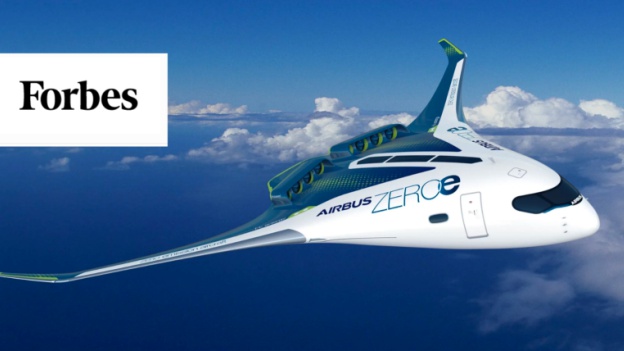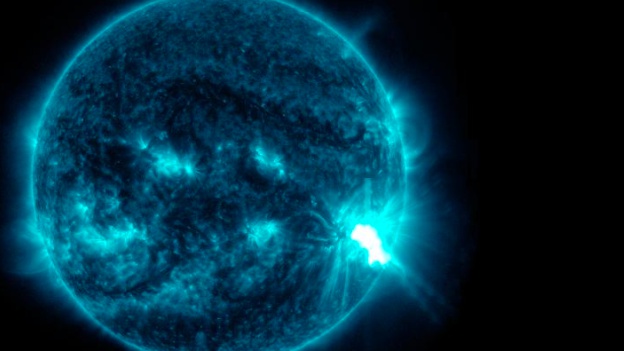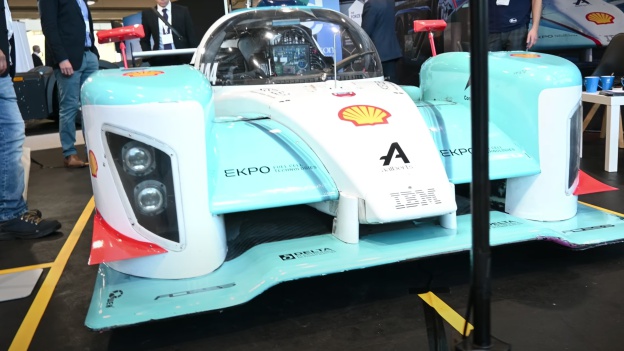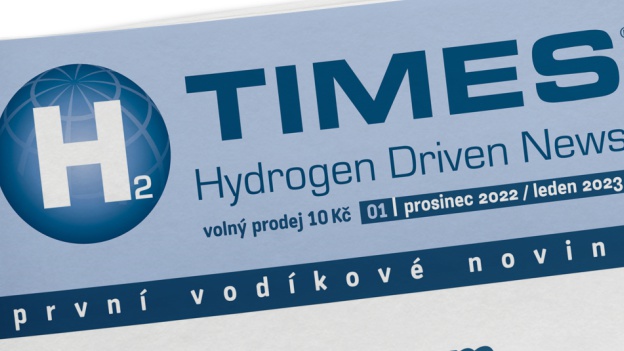Hydrogen has been used for decades by NASA (the US National Aeronautics and Space Administration) as a proven rocket fuel for spaceflight. NASA has used it for its Centaur and Apollo programs, for example, as well as for its modern space shuttles. For example, do you have any idea how much liquid hydrogen a shuttle's engines burn in a single flight? Almost 2 million litres.

Currently, NASA is preparing the first astronauts to fly to Mars (around 2030) and is also considering other subsequent trips to the planet. Including longer-term astronaut stays on Mars. And hydrogen is a major contributor to all these plans!
In fact, NASA's plans envisage hydrogen not only as the fuel that will be used on Earth to fill the spacecraft sent to Mars, but also that hydrogen will be produced by humans on Mars in the future. It will be extracted from Martian salt water by electrolysis. A by-product of this electrolysis will be oxygen - which humans on Mars will use to breathe.
Hydrogen will be used on Mars as a fuel for transport, as a source of electricity and for other purposes. A Martian "hydrogen factory" could even serve as a fuel source for future human space journeys through the Solar System.
“Generating and recycling hydrogen in space will decrease the cost and complexity of remote missions by reducing the need for supplies delivered from Earth,“ says NASA official. (www.nasa.gov)































